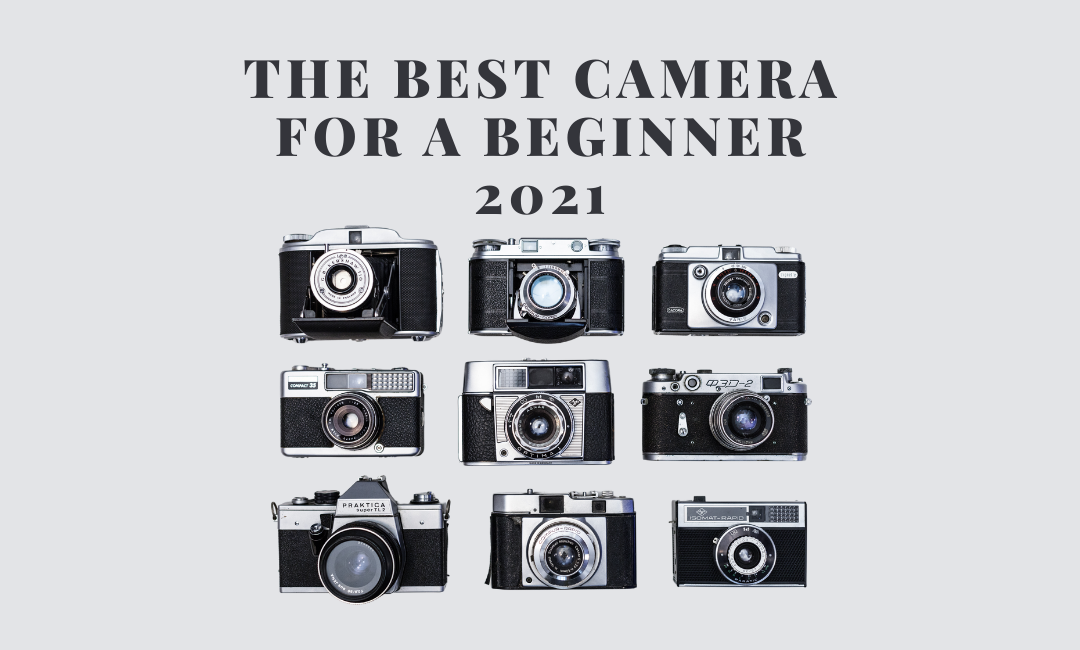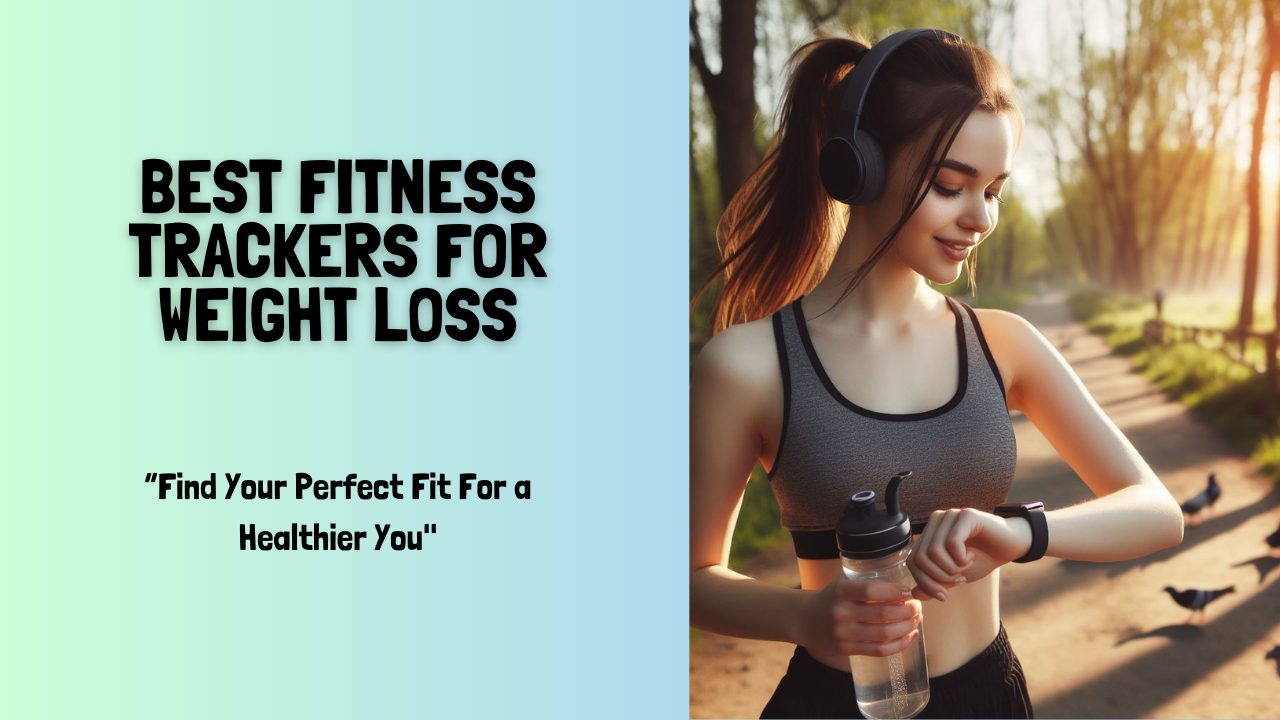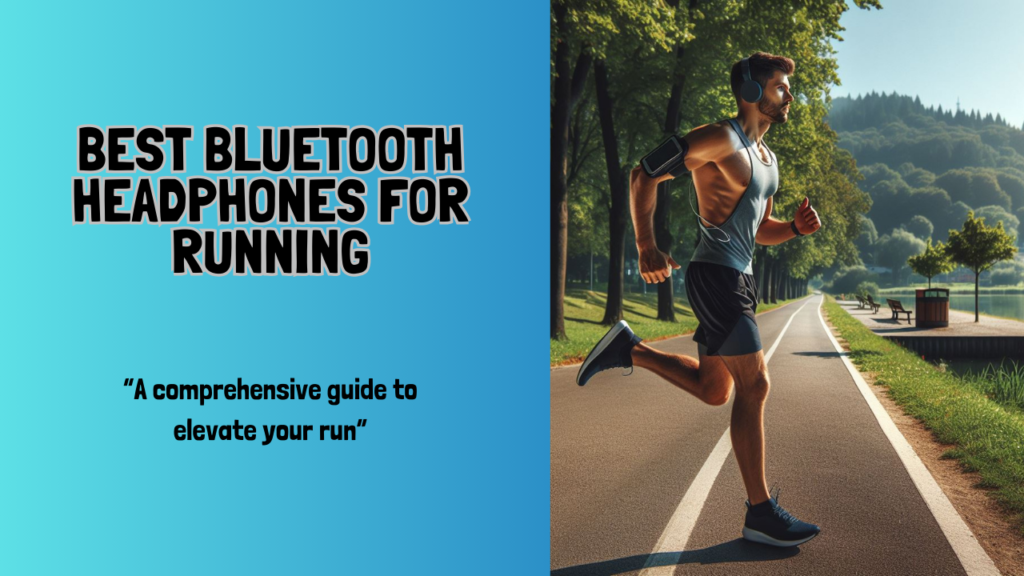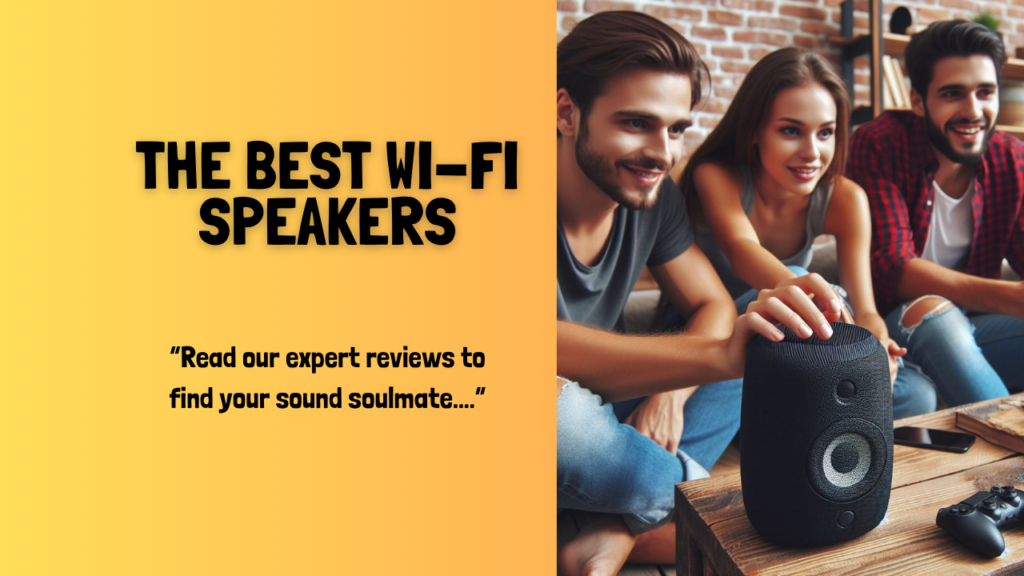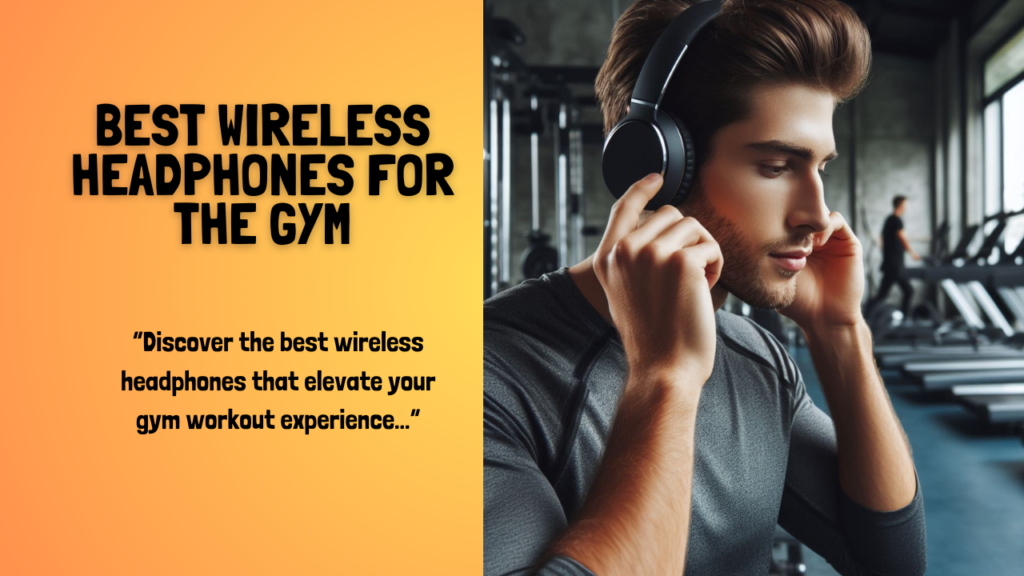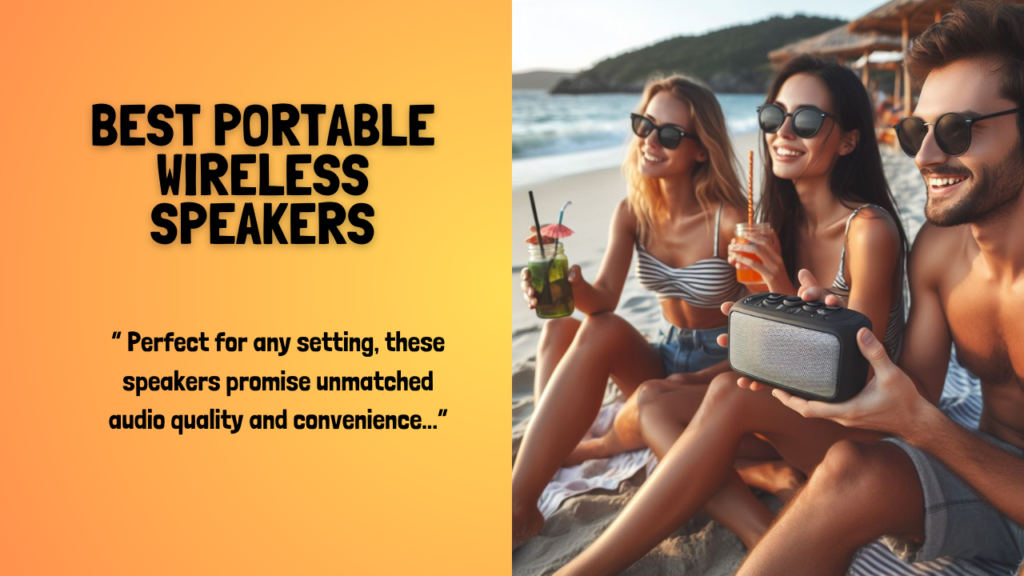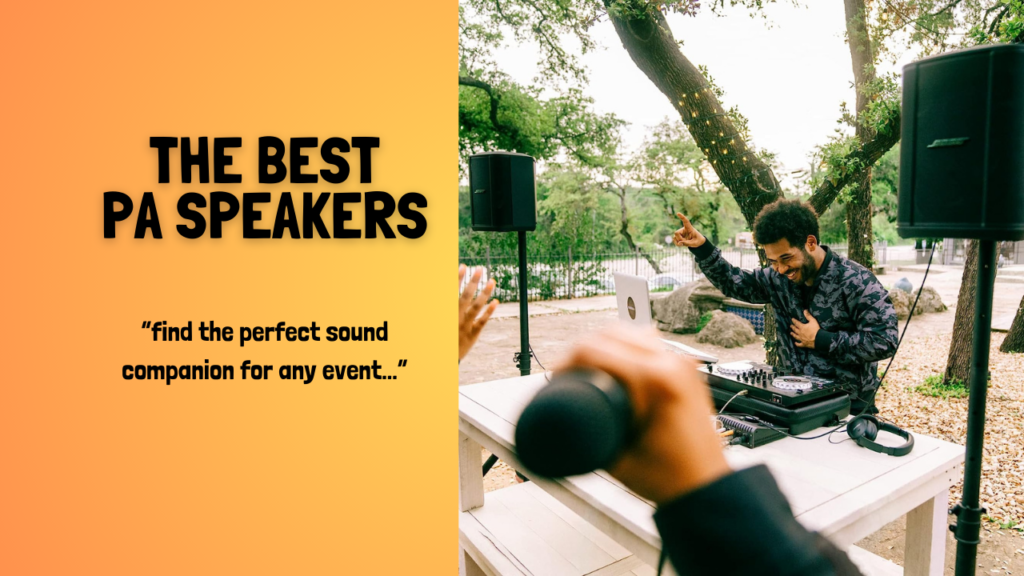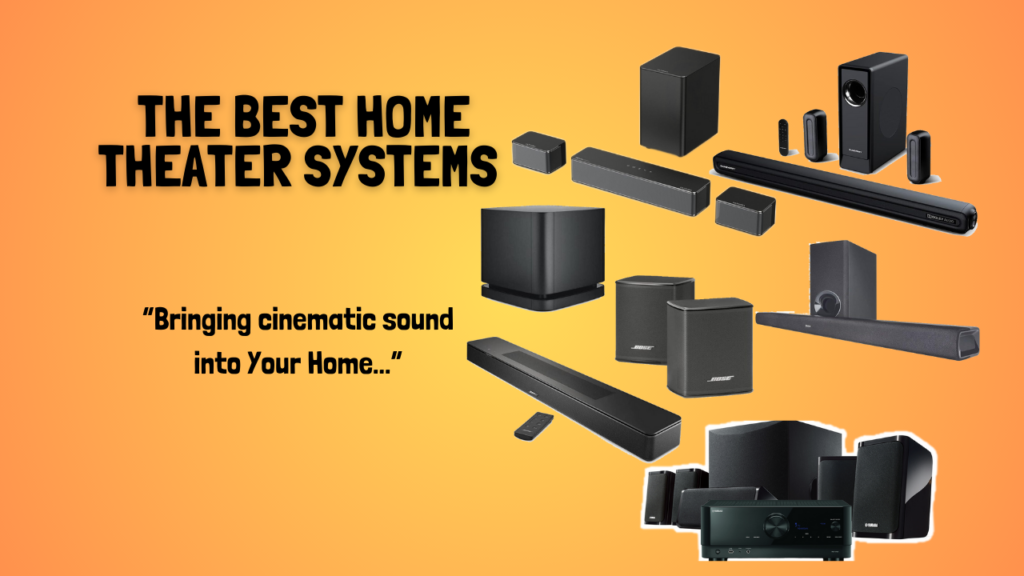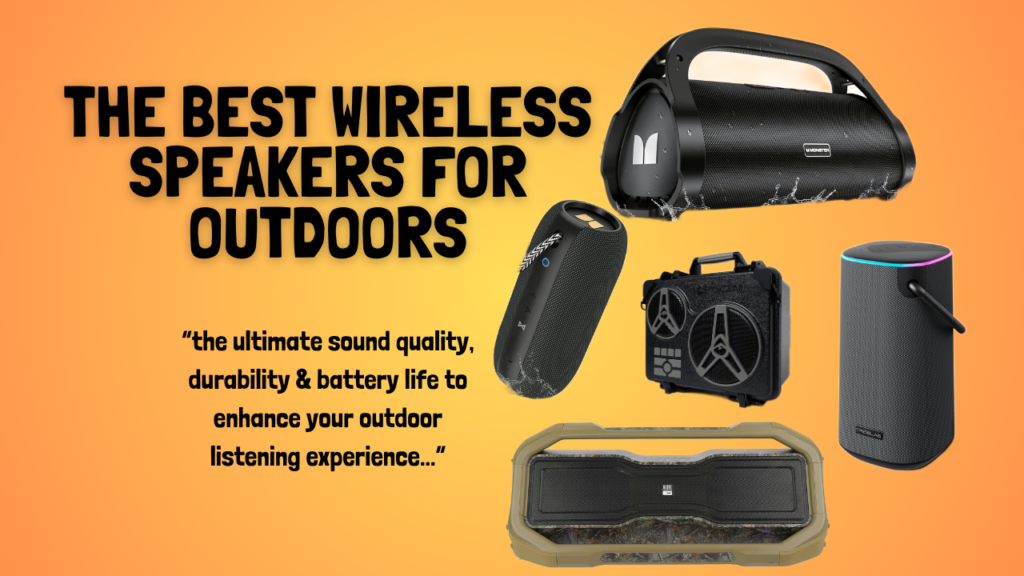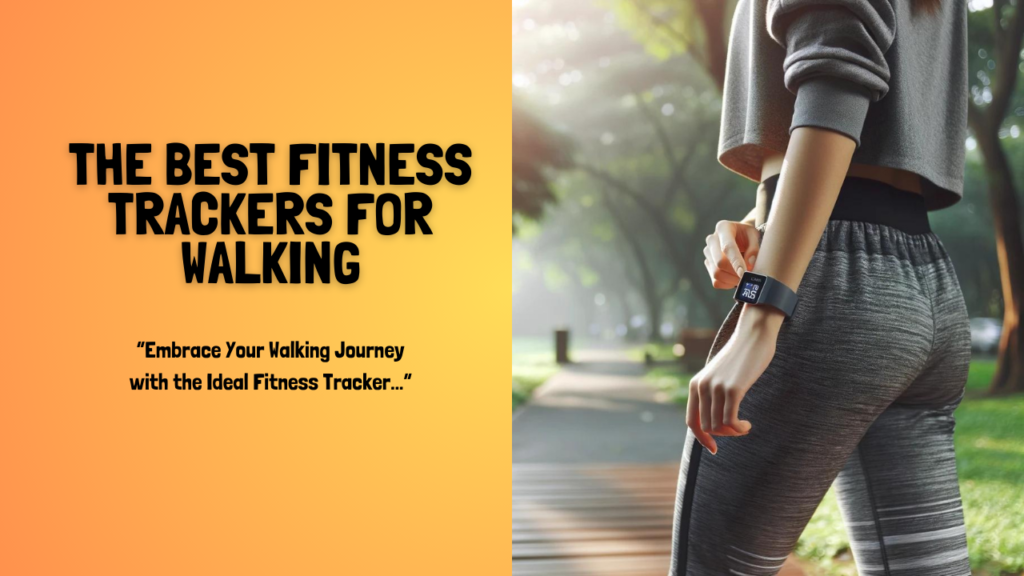Affiliate Disclosure: I am grateful to be of service and to bring you content free of charge. In order to do this, please note that when you click links and purchase items, in most cases I receive referral commissions. Eventually, I may earn enough to buy a beer or two.
Taking photos has always been one of the best ways to commemorate some of the best moments in our lives. With these photos, we get to preserve those memories forever and have the ability to look back at them whenever we want. These days, our smartphones are usually enough to do the job. But if you want to go old school and try your hand with actual cameras, here are our top picks for the best camera for a beginner in 2021.
Why Get A Dedicated Camera?
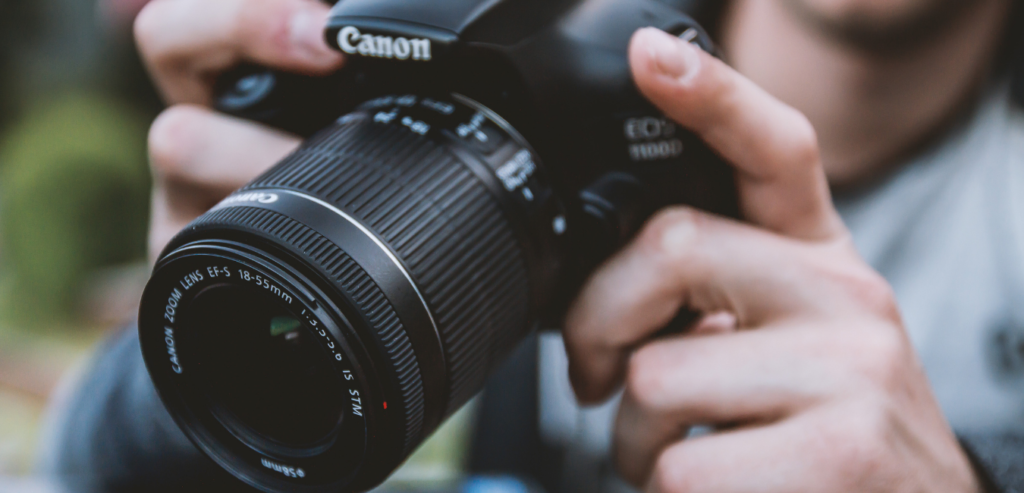
Without a doubt, smartphone cameras are also becoming more and more advanced each year. Some even surpassing the quality of actual cameras in the market. So it’s pretty understandable if some of you may still be on the fence about whether it would be good to invest in a dedicated camera or stick with the one your smartphone provides.
Some of you may even be convinced that cameras are not worth buying in this day and age. Some may even say that the chunky DSLRs seem pretty outdated and are near becoming obsolete due to the significant decrease in demand.
However, if you’re really serious about your photography and you want an authentic experience of feeling like an actual photographer, nothing will beat holding an actual dedicated camera in your hands.
Smartphone Cameras Vs. Dedicated Cameras

While smartphone cameras are much preferred by the majority of people because they’re conveniently built into their main devices, you’re not really going to see professional photographers using a smartphone to record and shoot events, or commercials, or films. Even with professional vlogs, you rarely see anyone using their smartphones to record themselves.
In these cases, actual cameras like DLSRs still reign supreme. If you see yourself doing photography in the long run, a camera is hands down, a worthy investment.
Smartphone cameras tend to be limited in a lot of ways unless you’re using a flagship model like the iPhone 12 Pro Max or Samsung Galaxy S21 Ultra. Meanwhile, cameras like DSLRs offer the advantage of longevity and versatility.
With cameras like DSLRs, these gadgets are sure to last you for decades. You can also easily just swap out certain parts if you want an upgrade. No need to completely throw out your current unit if you’re on a budget. While you can’t really do the same thing with a smartphone camera and you’ll be wanting to upgrade every 3-5 years or so.
What Makes A Great Camera For Beginners?

The term “beginner” varies depending on the person. It can mean different things to different people. To some, it can mean having zero knowledge when it comes to photography. Which in this case, you’ll want to stick with entry-level camera models that provide plenty of manual options for you to tinker around with as you develop your skills.
Not to mention, entry-level models are often generally cheaper than the ones targeted for professional photographers. Not only this helps you save money, but it also prevents you from investing too much or wasting resources in case you realize that photography isn’t something you want to do in the long run.
But in the case that photography does become a long-term hobby or even a source of income for you, the best beginner cameras today should be able to offer a wide range of features that will really help nurture your skills.
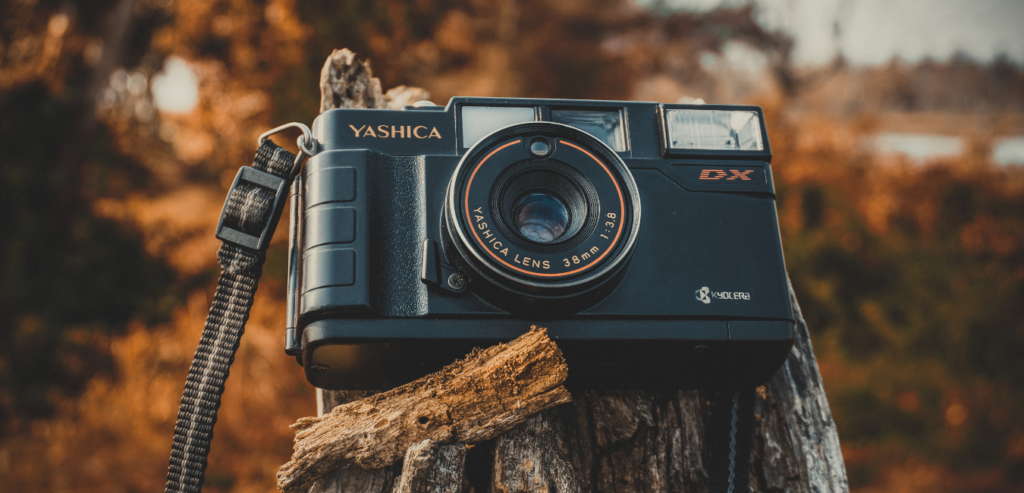
In addition to that, a good beginner-friendly camera should also offer you the option to switch or swap lenses and other camera parts as you grow as a photographer. This will save you a ton of money whenever you wish to upgrade your camera’s features.
Fortunately for you, so many advancements have been made in our camera technology that the features we once only saw in flagship and high-end models can now be found in several numbers of entry-level models from different brands. Now, even rookie photographers have the capability and luxury to shoot and record videos at 4K as well as having high-resolution sensors.
Our Top Picks For Beginners
If you’re now ready to start your photography journey, just keep scrolling to read and see our top recommendations for the best cameras for a beginner this 2021.
1. Fujifilm X-T200

Overview
One of the best cameras you can get your hands on in the market right now is the Fujifilm X-T200. The main reason it sits on the top spot of our list is due to the fact that it’s the perfect balance between smartphone photography and having a professional interchangeable lens camera.
The Fujifilm X-T200 offers a wonderful balance of conventional physical controls along with touchscreen capabilities. The X-T200 also has 3.5 inches of display that provides easy-to-follow instructions for beginners, as well as a pretty decent viewfinder that makes it easy for rookie photographers to shoot images in broad daylight.
Additionally, the X-T200’s display can also be flipped around to face forward, making it ideal for people who love to take selfies and vlogging activities. Going back to its touchscreen functionality, this is another plus as it gives a sense of familiarity to people who are mostly used to navigating controls via a touchscreen on their smartphones.
To put it simply, adapting to this camera from your smartphone won’t be too difficult. But if you’re confident enough to experiment and tinker around with the X-T200, this model also offers physical controls such as a joystick and three dials.
Apart from its superior qualities, the X-T200 isn’t too bad to look at either. It sports a very vintage and old-school design that is sure to make you feel nostalgic for the 35mm SLR film cameras of the past.
Check Out Our Full Review Of The Fujifilm X-T200 Here.
Features & Specifications
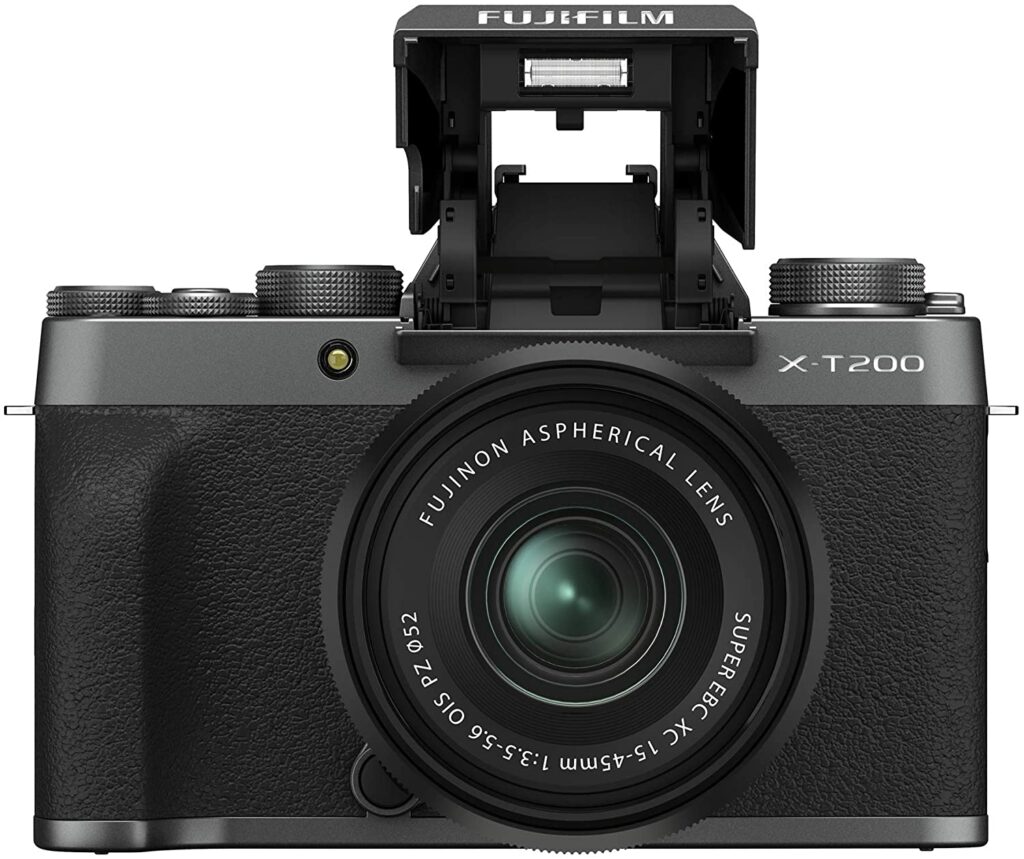
- Dimensions: 2.17 x 4.76 x 3.31 inches
- Item Weight: 13.1 ounces
- Brand: Fujifilm
- Type: Mirrorless Digital Camera
- Sensor Size: APS-C
- Viewfinder Type: Electronic
- Resolution: 24.2MP
- Monitor: 3.5-inch articulated touchscreen, 2,760K dots
- Autofocus: 425-point AF
- Maximum Continuous Shooting Rate: 8fps (full resolution)
- Max Video Resolution: 4K DCI 2160P
- Warranty: 12 months
Pros
- Lightweight and compact.
- Great design and aesthetic.
- Offers full manual controls for you to experiment with.
- Large vari-angle touchscreen display.
- Excellent 4K video resolution and picture qualities without editing.
Cons
- Uses a regular CMOS and not a X-Trans sensor.
- Battery life is not that great especially for its price point.
Rating: 9.5 out of 10
Where Can I Buy The Fujifilm X-T200?
2. NIKON D3500
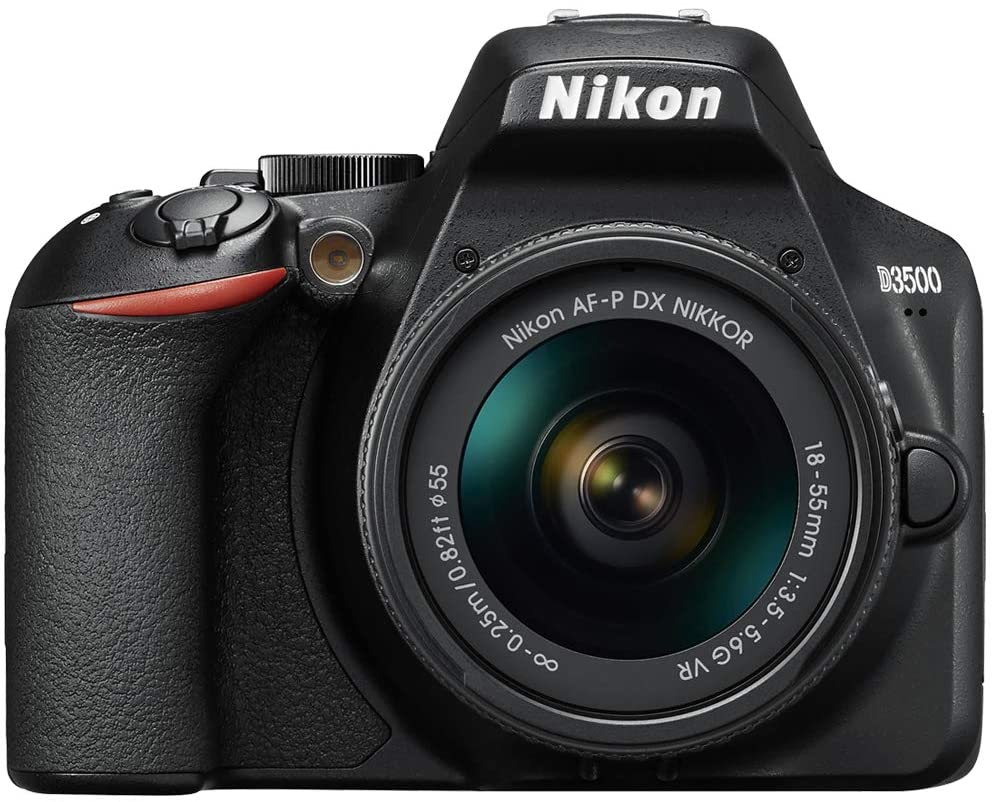
Overview
If you feel like photography is a path that you’ll be taking seriously in the long run, a great camera to start out with is the Nikon D3500. This beginner-friendly and fuss-free DSLR offers a “Guide Mode” that acts as a fully interactive manual that will explain seemingly complicated concepts to you so you have an idea of how to set up your photography and camera settings.
So if you were worried about DSLRs being too complicated for you, the Nikon D3500 will surely help you out on that aspect. Though if you can’t be bothered with tinkering around your camera, you can just easily put this on Auto Mode and start snapping away to your heart’s content.
When it comes to the Nikon D3500’s controls, they’re pretty straightforward and easy to follow once you get the hang of it. However, due to its inexpensive price, you have to expect that you’ll be missing out on a few advanced features you might spot on more high-end models from Nikon.
For example, unlike every other Nikon DSLR series, the D3500 offers no Custom Settings menu for customizing camera features to your liking. However, the image quality and overall performance you get from the D3500 are still extremely excellent for its price.
Not to mention, if you’re getting more serious about your photography and you feel like you’re ready for an upgrade, Nikon offers plenty of impressive lenses for you to choose from and invest in.
Check Out Our Review Of The Nikon D3500 Here.
Features & Specifications

- Dimensions: 4.88 x 2.76 x 3.82 inches
- Item Weight: 13.8 ounces
- Brand: Nikon
- Type: DSLR
- Sensor Size: APS-C
- Viewfinder Type: Pentamirror
- Resolution: 24.2MP
- Monitor: 3.0-inch fixed, 921k dots
- Autofocus: 11-point AF, 1 cross-type
- Maximum Continuous Shooting Rate: 5 fps
- Max Video Resolution: 1080p
- Warranty: 1 year limited warranty
Pros
- Beginner-friendly “guide mode”
- Inexpensive and great value for its price.
- Impressive 24MP sensor quality.
- Excellent battery life.
Cons
- Can only shoot up to 1080-p Full HD videos.
- Fairly basic external controls.
Rating: 9 out of 10.
Where Can I Buy The NIKON D3500?
3. Canon EOS Rebel SL3
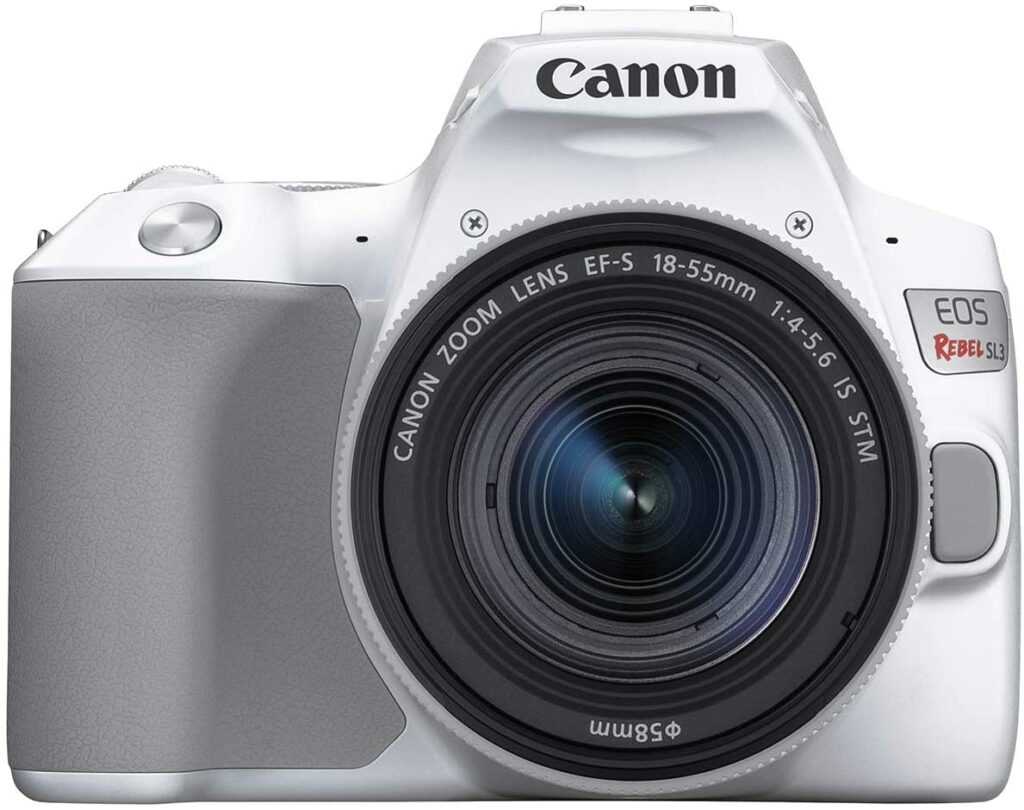
Overview
If you feel like the Nikon D3500 lacks certain features you’re desiring and you’re willing to spend a few more bucks in order to get that, you might want to set your eyes on the Canon EOS Rebel SL3.
The EOS Rebel SL3 offers some of Canon’s top-of-the-range features such as the APS-C sensor along with 24.1MP of photo resolution, 4K quality videos, and its brilliant Live View shooting, which is made possible thanks to the EOS Rebel SL3’s fully-articulating touchscreen display and Canon’s fast Dual Pixel CMOS AF autofocus.
The particular model also features an expansive focus area of approx. 88% horizontal and 100% vertical when working with select compatible EF lenses. The Eye Detection AF analyzes the image and automatically determines where to focus based on your subject’s eyes, helping you capture every moment you want to preserve with the sharpest details.
And if you’re worried about having to carry around a chunky DSLR camera in your bag, the EOS Rebel SL3 is actually one of Canon’s smallest and most lightweight models up to date. It is conveniently sized this way for everyday use and its compact construction is accompanied by excellent usability, including a rounded grip that can sit comfortably in your hand.
Features & Specifications
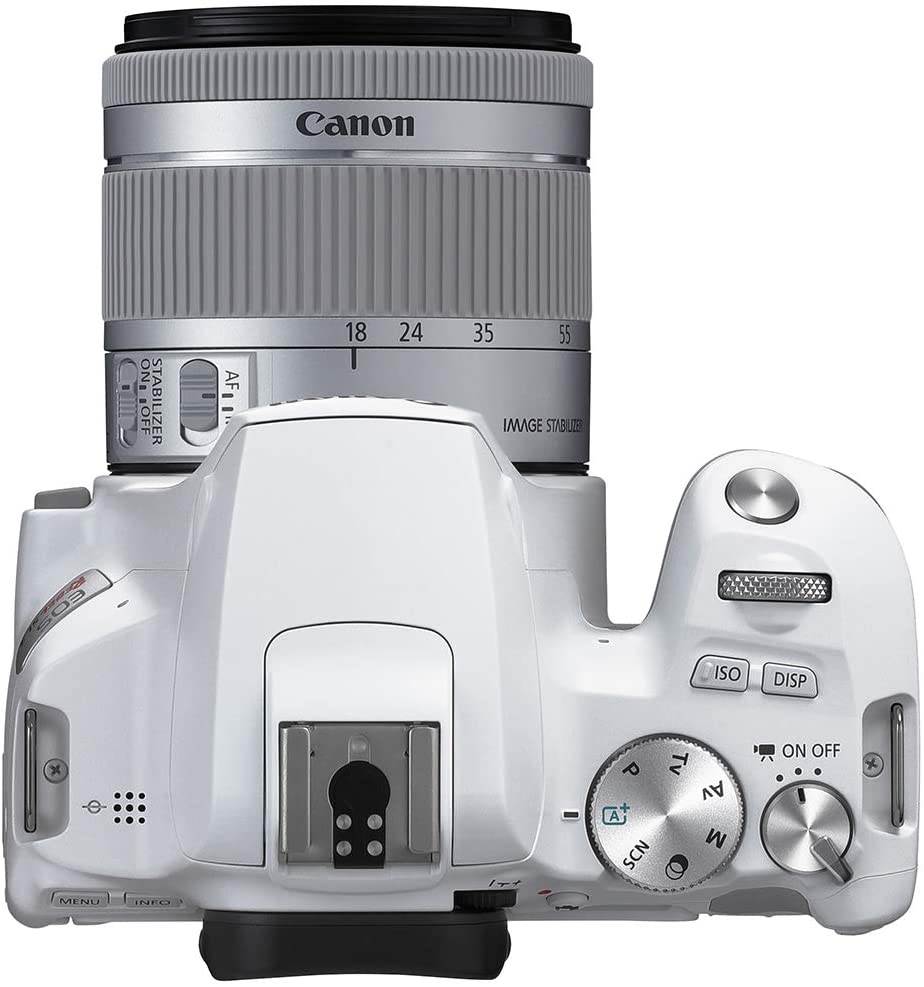
- Dimensions: 2.7 x 4.8 x 3.6 inches
- Item Weight: 2.17 lbs.
- Brand: Canon
- Type: DSLR
- Sensor Size: APS-C
- Viewfinder Type: Optical
- Resolution: 24.1 MP
- Monitor: 3.0-inch LCD, Vari-Angle Touchscreen
- Maximum Continuous Shooting Rate: 5 fps
- Max Video Resolution: 4K UHD at 25p
- Warranty: 1 year.
Pros
- Lightweight and portable.
- Excellent Live View shooting features.
- Fast and accurate dual pixel CMOS AF.
Cons
- Pricier than most DSLRs in its range.
- Quite few AF points.
Rating: 9 out of 10.
Where Can I Buy The Canon EOS Rebel SL3?
4. Fujifilm X-T30

Overview
The Fujifilm X-T30 is essentially a more affordable and pared-down version of Fujifilm’s flagship camera, the X-T3. However, don’t let that fool you or put you off from this excellent camera model. Despite being the inferior model compared to the latter, the Fujifilm X-T30 is a very excellent camera that’s perfect for beginners while also being one of the more advanced models on this list.
The X-T30 comes with a number of impressive features, including a 26.1MP back-illuminated X-Trans APS-C sensor, 4K DCI and UHD video recording up to 30p, and the ability to shoot at up to 30 frames per second.
If that’s not enough to convince you, with newer models entering the market, you can also expect the X-T30 to become more and more affordable too while still offering great value for rookie photographers. To add to that, Fujifilm just knows how to make their cameras look good with their distinct retro and vintage aesthetic. So if that’s something that appeals to you, this model would not disappoint at all.
To put it simply, the Fujifilm X-T30 is a fantastic little all-rounder for people who are just getting started with their photography, as it can shoot a little bit of everything and this is definitely a model you can really hone and develop your skills with.
Features & Specifications
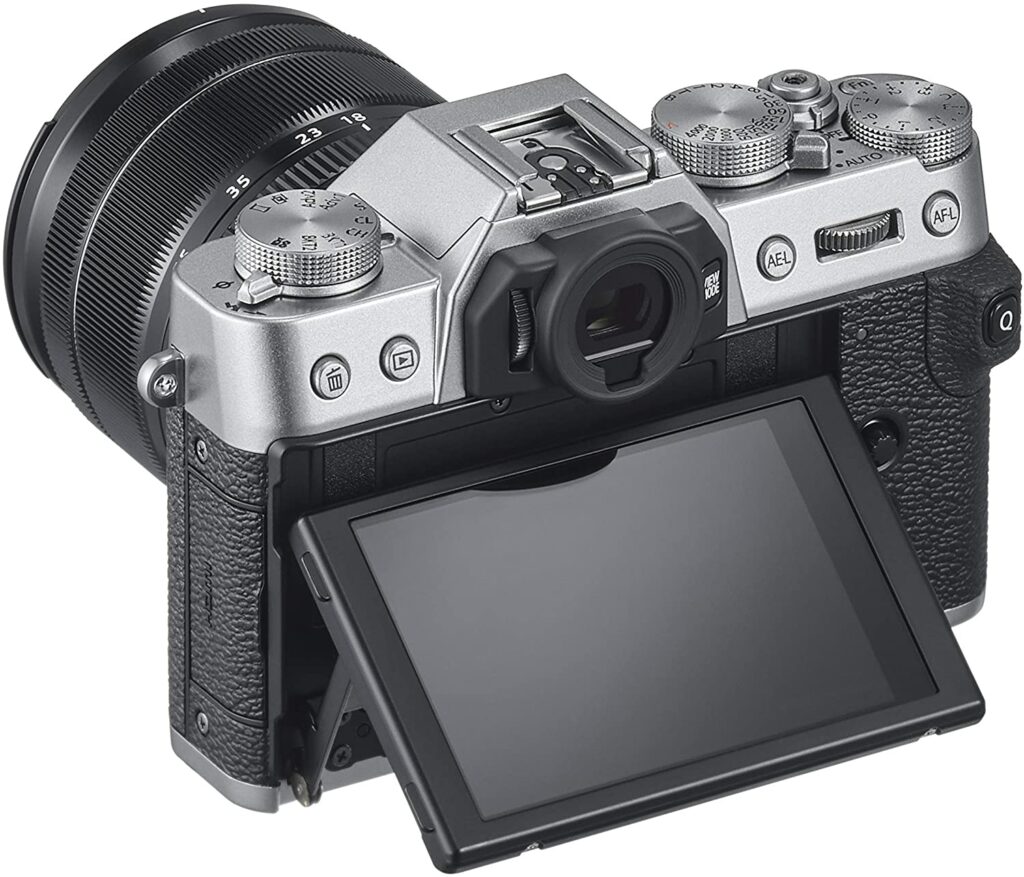
- Dimensions: 4.66 x 1.84 x 3.26 inches
- Item Weight: 1.14 lbs.
- Brand: Fujifilm
- Type: Mirrorless Camera
- Sensor Size: APS-C
- Resolution: 26.1MP
- Monitor: 3.0-inch articulated touchscreen, 1,040K dots
- Autofocus: Intelligent Hybrid AF
- Maximum Continuous Shooting Rate: 30 fps.
- Max Video Resolution: 4k at 30 fp.
- Warranty: 1 year.
Pros
- All-around great camera for beginners.
- Can shoot 4k videos.
- Articulating touchscreen.
- Unique retro design.
- Great build quality.
Cons
- A little pricier compared to its mirrorless camera counterparts.
- No in-body image stabilization features.
- Limited battery life.
Rating: 9 out of 10
Where Can I Buy The Fujifilm X-T30?
5. Olympus OM-D E-M10 Mark IV
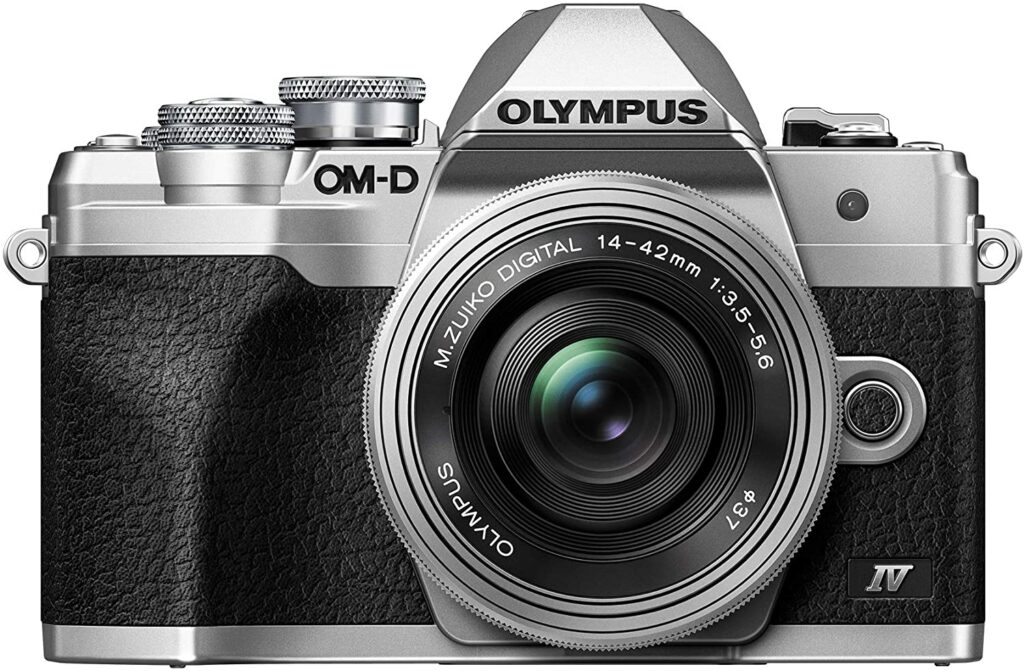
Overview
Just like the Fujifilm X-T30, the Olympus OM-D E-M10 Mark IV is another camera worthy of your consideration if you’re on the hunt for fuss-free mirrorless compact cameras.
Upon closer look, you might notice that it is missing some of the more advanced specs and features found in more high-end competitors, such as a microphone and USB-C ports. However, it still excels and performs wonderfully as a stills camera.
Its ergonomic grip, intuitive button layout, and convenient flip-down touchscreen provide excellent adaptability without getting in the way of the classically styled casing, which makes this camera model very ideal for aspiring photographers who have made the switch from their smartphone cameras to investing in dedicated cameras.
Furthermore, the Advanced Photo mode makes it simple for newbies to experiment with advanced techniques like long exposures. IN addition to that, the Olympus OM-D E-M10 Mark IV also offers superb in-body image stabilization technology, which is based on the flagship Olympus E-M1.
When it comes to sensor resolution, you’ll find it is pretty decent at 20.3MP, and because it’s a Micro Four Thirds camera, it has one of the most extensive lens collections available in the market. So if you want to upgrade your lens kit, you’ll have no trouble finding one that’s compatible with this body.
Features & Specifications
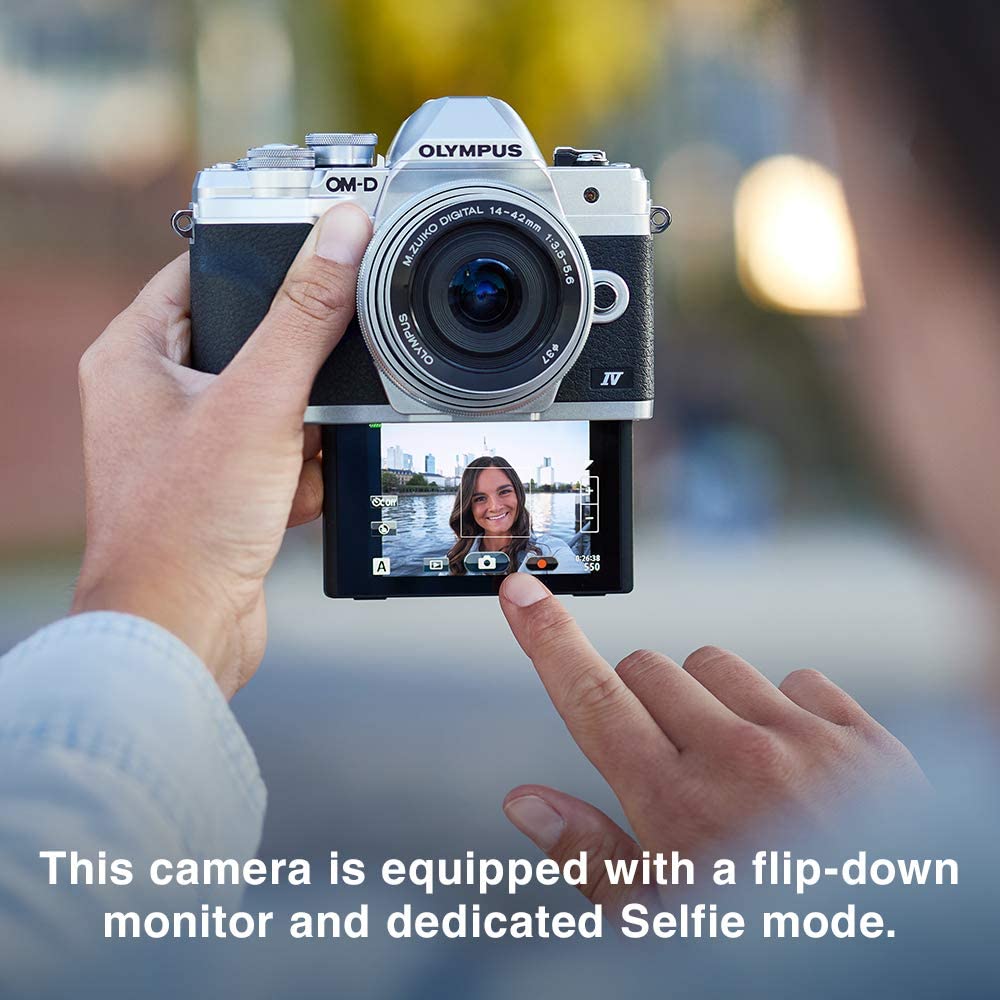
- Dimensions: 4.8 x 2.6 x 3.3 inches
- Item Weight: 1.1 lbs.
- Brand: Olympus
- Type: Mirrorless Camera
- Sensor Size: Micro Four Thirds
- Viewfinder Type: Electronic
- Resolution: 20.3 MP
- Monitor: 3-inch tilting touchscreen, 1,037K dots
- Autofocus: 121-point Contrast Detection AF
- Maximum Continuous Shooting Rate: 15 fps
- Max Video Resolution: 4K at 30p
- Warranty: 24 months
Pros
- Great build quality.
- Can shoot videos at 4K quality.
- Compact and easy to carry around.
- Decent sensor.
- Excellent image stabilization.
Cons
- Lacks USB ports and microphone inputs.
Rating:
Where Can I Buy The Olympus OM-D E-M10 Mark IV?
6. Canon EOS M50 Mark II
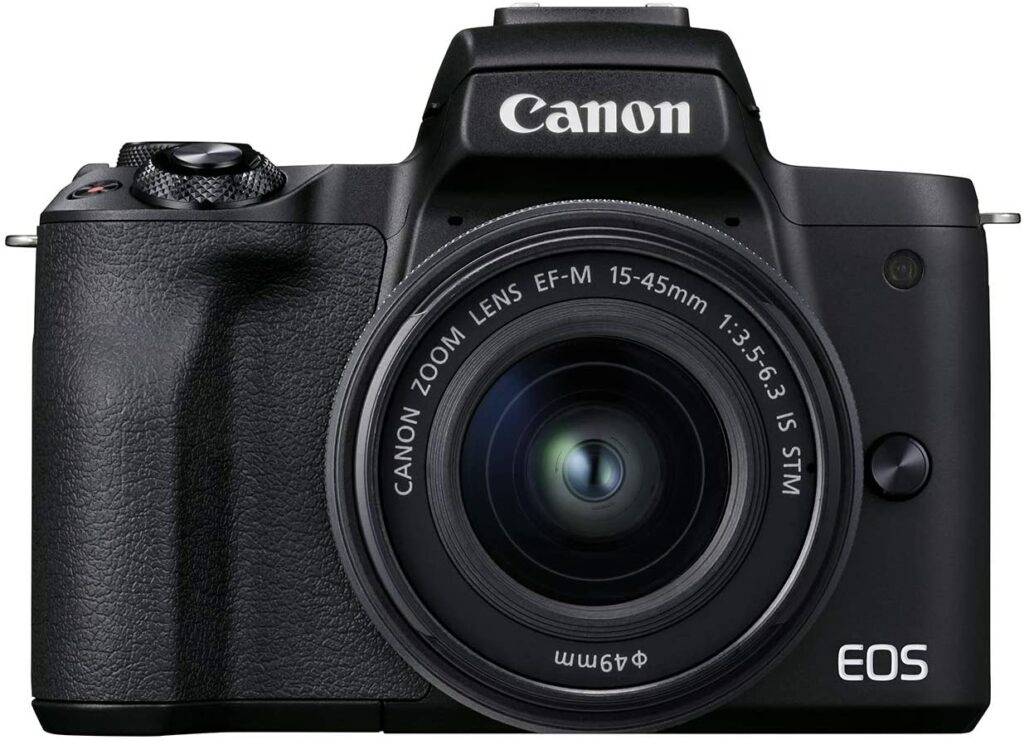
Overview
The EOS M series from Canon is definitely something you should take a look at if you’re just starting out on your photography. In this case, our most recommended model would be the Canon EOS M50 Mark II. In comparison to its predecessor, it only has a few yet significant upgrades that make this the better choice.
Improved autofocus (along with eye detection in stills and video) is one of those changes that are worth noting, as are clean HDMI out, vertical video recording, and the option to live stream directly to YouTube for video shooters or vloggers.
And in the case that you’re not yet too confident about tinkering around with your EOS M50 Mark II, don’t fret! This particular model sports a much simpler user interface that offers helpful explanations and suggestions to guide you within the settings menu. Once you have gotten the hang of your camera, you have the option to disable it.
However, do keep in mind that while the EOS M50 Mark II is an excellent 1080p camera, it’s definitely a poorer option if you’re planning to shoot at 4K due to the heavy 1.6x crop. But if you’re not too concerned with video resolution, then this is still an excellent choice for you to consider.
Features & Specifications
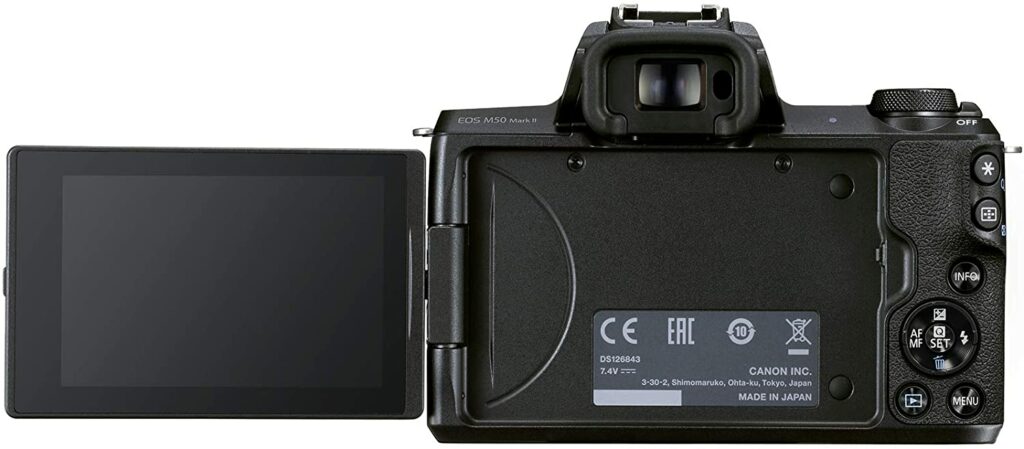
- Dimensions: 2.31 x 4.58 x 3.47 inches
- Item Weight: 12.4 ounces
- Brand: Canon
- Type: DSLR
- Sensor Size: APS-C
- Viewfinder Type: Electronic
- Resolution: 24.1MP
- Monitor: 3.0-inch articulated touchscreen, 1,040K dots
- Autofocus: Dual Pixel CMOS AF
- Maximum Continuous Shooting Rate: 10fps (Single AF), 7.4fps (Continuous AF)
- Max Video Resolution: 4K at 24p
- Warranty: 1 year
Pros
- Award-winning Dual Pixel AF.
- Excellent Eye AF for capturing stills and videos.
- Pretty compact build.
Cons
- Limited lens options.
- Poor 4K quality due to heavy cropping.
Rating: 8 out of 10.
Where Can I Buy The Canon EOS M50 Mark II?
Before You Buy
Now that we’ve covered our top recommendations of the best camera for a beginner this 2021, here are some things to keep in mind before you make that final purchase.
Different Types Of Cameras
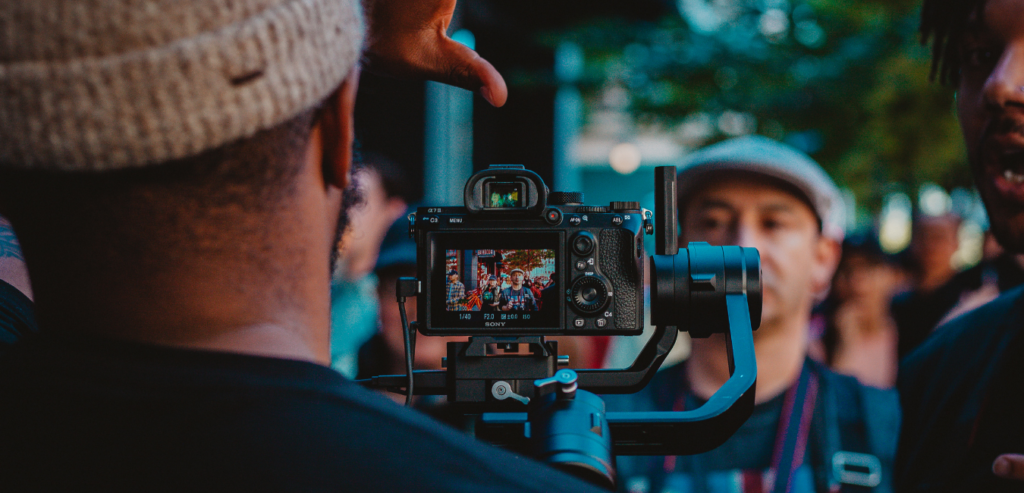
Before you decide to purchase your first camera, you must decide first what kind of photography you’re in and what kind of photos are you going to take. Every camera in the market is built differently, they offer different features and specs, as well as serving a different purpose for each photographer.
Some cameras are better for taking shots of sceneries and breathtaking views of a variety of locations. Then there are some that specialize in taking portraits of people, recording vlogs or films, or close-up pictures of animals like birds flying in from high altitudes, lions or tigers, and plenty of other wildlife.
Aside from the subject of your photos, knowing what type of camera you’re looking for is critical for every photographer. So below are the different types of cameras you can choose from:
Digital / DSLRS

The DSLR used to be the professional standard for a camera, and it still is. It’s widely used by professional photographers across the globe and it’s also one of the most popular types of camera you’ll see in the market. If you’re attending certain events, you’ll spot plenty of professional photographers and journalists mainly using this type of camera.
The term “DSLR” actually stands for “digital single-lens reflex”. This refers to the fact that it uses a single lens for shooting and focusing.
DSLRs include an internal mirror mechanism that will allow you to use an optical viewfinder. This particular viewfinder is also much preferred by photographers rather than relying on the LCD screen the DSLR provides when it comes to taking photos. DLSR cameras are also often more durable and weatherproof than other types of cameras thanks to their rugged design.
Though keep in mind that this varies depending on the model and unit.
Film
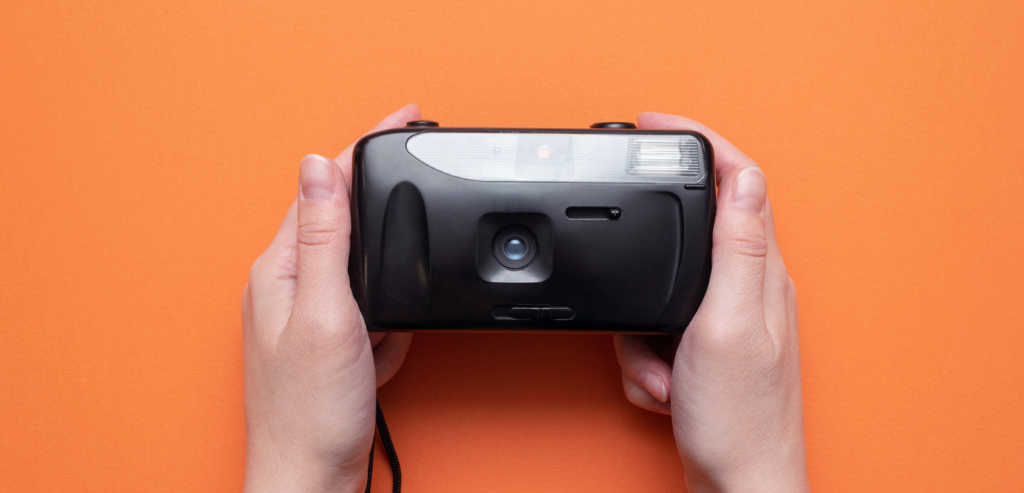
Film cameras are the traditional way of taking photos. They’re generally inexpensive but they also don’t offer as many settings as you would see in a digital camera like the DSLR. However, they do have one thing that no other type of camera can provide: nostalgia.
Unlike digital cameras wherein you get to see the results of your photos in real-time after pressing the shutter button, film cameras require more effort and time. Film cameras use film rolls which eventually get used up after taking a certain amount of photos. Once you used up all your film rolls, you can take those to a photo developer and they will develop your photos for you.
Keep in mind that some developers will take you a few days before you get to see your photos. Though personally, the wait is always worth it. The photos you get are unedited, have a vintage feel to them, and really capture the essence of the moment.
Instant Film
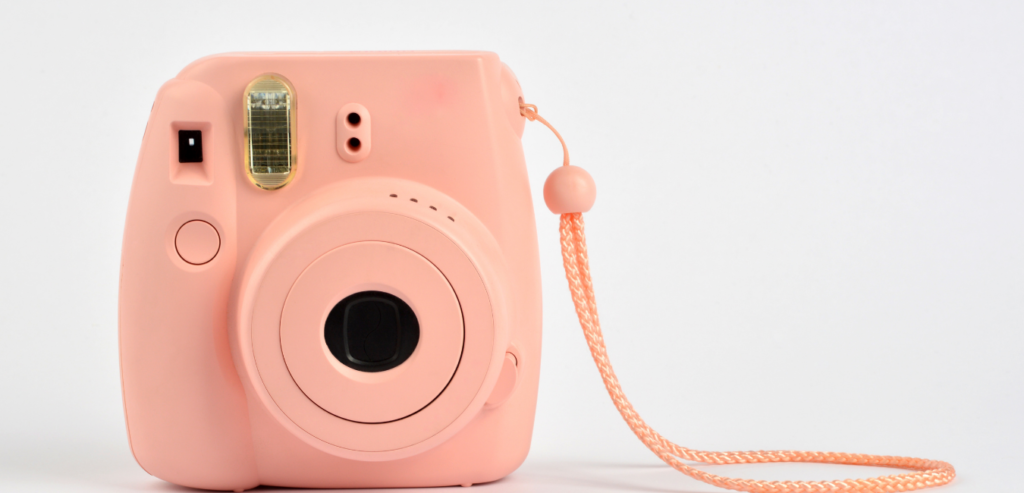
Instant film cameras are a lot like film cameras except you get your photos printed out in a matter of seconds. They usually produce what you call “polaroids“.
This type of camera also uses a special kind of film roll that gives you a limited amount of shots you can take. However, unlike the traditional film camera, instant film cameras can produce pictures shot after shot. These models are also pretty popular with the youth. They don’t have a lot of settings to choose from and are usually considered as a “toy” by professionals.
Overall, instant film cameras are fun to use and great for memorabilia purposes.
Compact
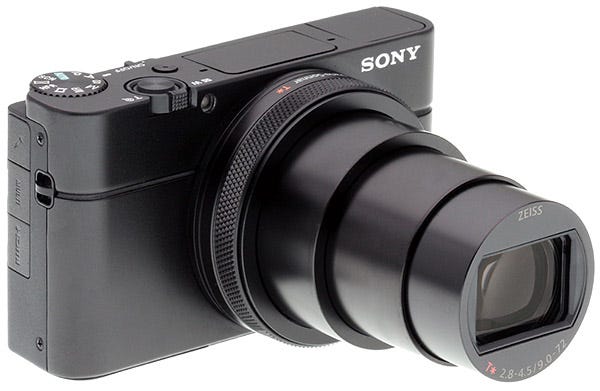
Compact cameras are also another type of digital camera. However, unlike their DSLR counterparts, compact cameras have fixed lens that cannot be changed or swapped out. So you’ll either be stuck with a zoom lens that covers a specific focal range, or a fixed-focal-length “prime” lens that focuses on quality.
This type of camera is also considered a “point-and-shoot” camera. They’re most suitable for beginners or casual photography enthusiasts who aren’t too picky with camera settings or have no plans of doing any sort of professional photography. Before smartphone cameras were a thing, this was the most popular type of camera among the masses.
The models under this type of camera were pretty cheap and they did a good enough job in taking photos. However, its mediocre quality has since then evolved a lot due to the significant rise in the popularity of smartphones. In order to compete, these days, many compact cameras offer imaging quality that can easily rival that of interchangeable lens cameras.
Mirrorless
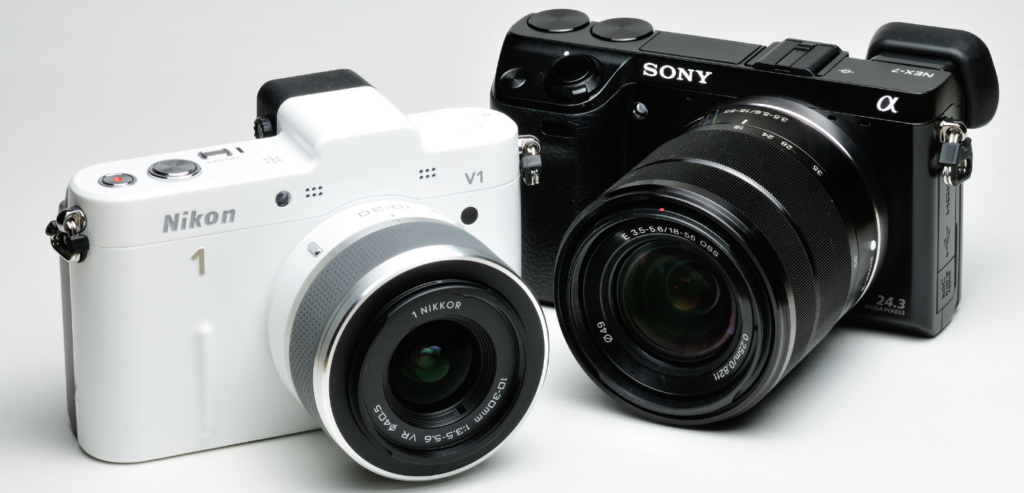
Mirrorless cameras are pretty similar to DSLRs in certain ways. Like DSLR cameras, they also have swappable lens mounts that can be switched out at any moment you prefer. They do, however, forego the mirror system that allows for an optical viewfinder in exchange for the ability to build these models smaller and lighter.
So if you feel like DSLRs are a little too chunky for your liking, mirrorless cameras might be more suitable for you. They offer a lot more portability and sport slimmer bodies so they won’t take up too much space in your bag.
In addition to that, in the photo and video community, mirrorless cameras are widely regarded nowadays as the way of the future. This is definitely where the most interesting advances in image technology are being found and taking place so keep your eyes peeled on these units!
Conclusion
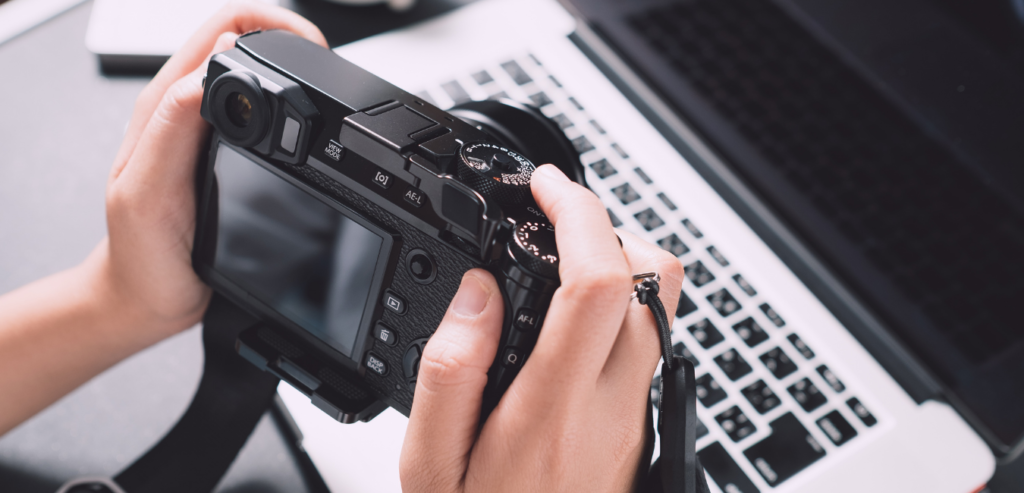
All in all, cameras for beginners nowadays provide a wide range of options to choose from. The choices are practically endless and you are bound to get your hands on the best beginner-friendly camera that will surely suit your needs and requirements. Whether it be in terms of portability, lens compatibility, and so much more, you will find the one that clicks for you.
Do you already own a camera? Did your favorite make it into our list? Or have you already decided which one to purchase to start your photography journey? Let me know in the comments section below if you have any insights, questions, or suggestions to share. I would love to hear all your thoughts!
Recommended reading for you:
- Fujifilm X-T200 Review: The Best Mirrorless Camera For Beginners
- Nikon D3500 Review: Still The Best DSLR For Beginners?
- The Best Drone for Aerial Photography 2021: Take Your Photos To New Heights
- The Best Drones For Beginners In 2021: Our Top Picks
- 2021 Guide On How To Buy A Camera Drone
- DJI Mini 2 Review: The Sky Is The Limit!
- Samsung Galaxy Tab S7 Plus Review: The Best Android Tablet?
- The Best Headphones For Gaming In 2021
- Best 4k Gaming Monitors 2021: The Sharpest & Brightest Displays
- The Asus ROG Strix XG27UQ Review: Immerse Yourself In The Latest AAA Games With The Best 4k Gaming Monitor
- The LG 27GN950-B Review: Watch Your Games Come Alive On 4k
- How To Buy The Best 4k Gaming Monitors 2021
- Best Gaming Desks 2021: Reign Supreme In Comfort & Style
- Your Quick Guide To Buying PC Gaming Desks 2021
- Best Computer Gaming Chairs For Adults 2021: For Next Level Gaming!
- The Best Fitness Trackers With GPS For 2021
- How To Buy The Best Cameras For Beginners In 2021
- DJI Mavic 2 Zoom Review: An Innovative Drone For Your Aerial Photography
- Autel Robotics EVO II Review: Is It Better Than DJI?
- Potensic D58 Review: Is It Worth The Money?
- A Beginner’s Guide On How To Buy Drones 2021
- Microsoft Surface Pro 7 Review: The Complete Package?
- SteelSeries Arctis Pro Review: The Best Gaming Headset For Audiophiles
- Razer BlackShark V2 Pro Review: The Best Wireless Gaming Headset?
- Cougar Argo Gaming Chair Review: Is It The Next Best Thing?
- Respawn 110 Gaming Chair Review: Too Good To Be True?
- The Cougar Mars 120 Gaming Desk Review: Your Superior Gaming Desk With LED Lights
- The Arozzi Arena Gaming Desk Review: Go Big Or Go Home With Your Gaming Setup
- The Samsung Galaxy Watch 3 Review: Is It The Best Android Smartwatch?
- The Apple Watch Series 6 Review: Is It The Best Choice For You?
- Best Android Tablet For Gaming in 2021: Our Top Recommendations

